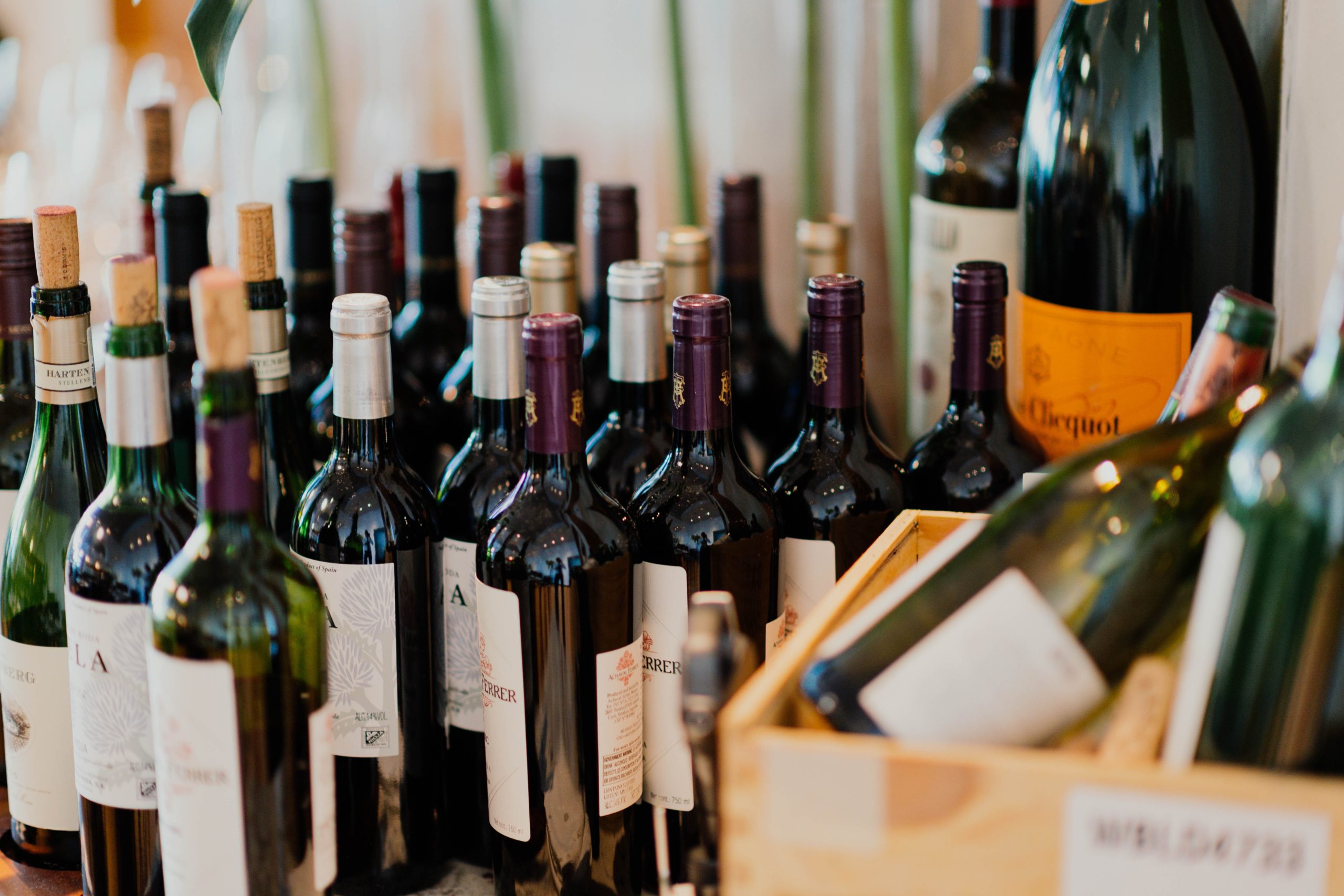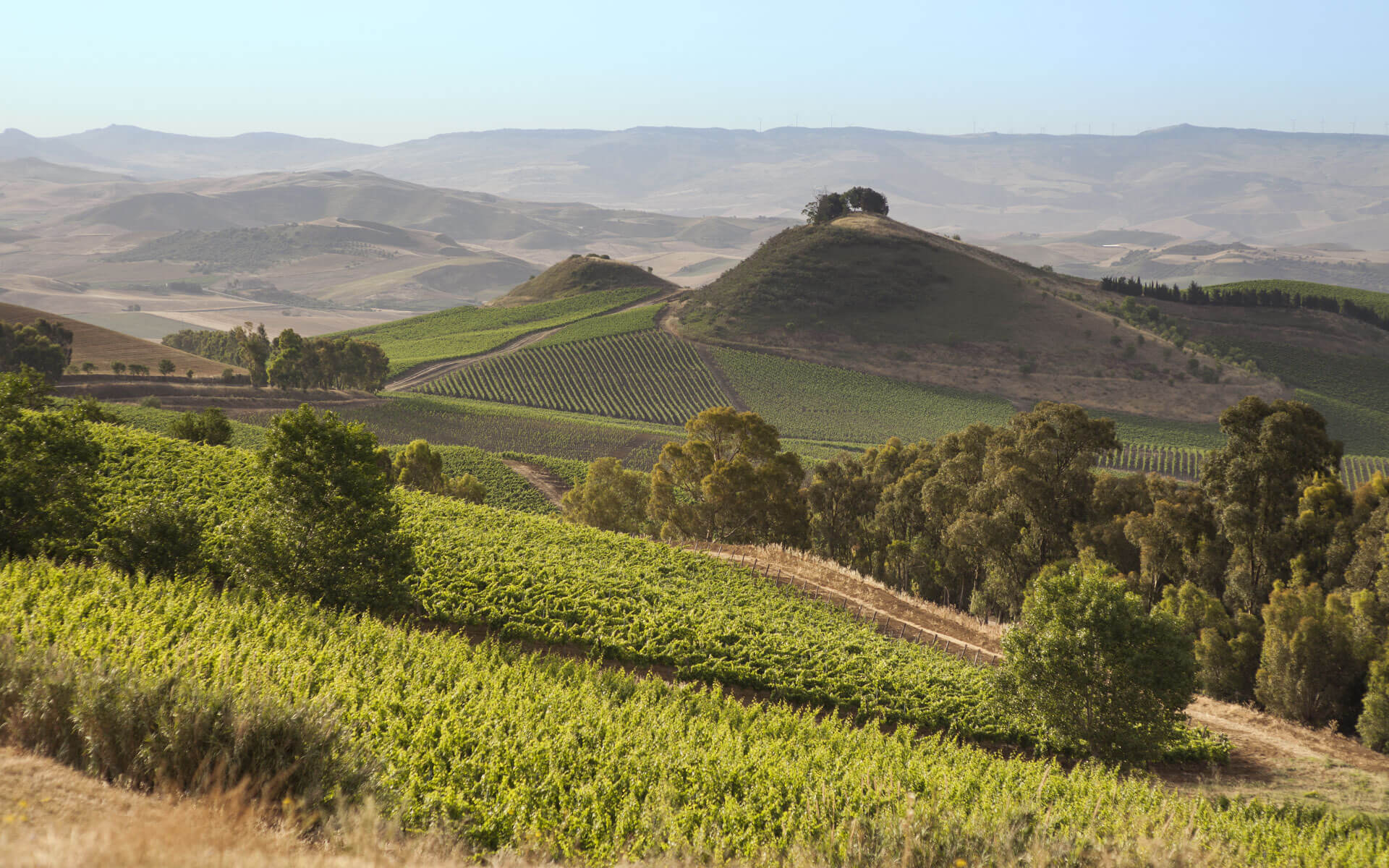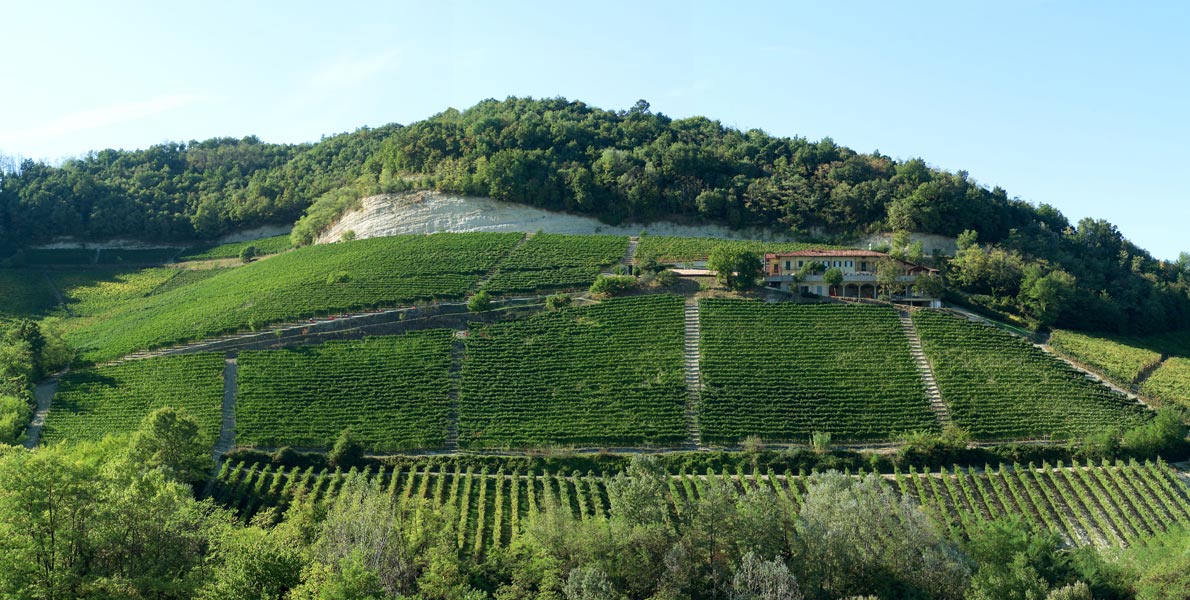If you’re buying wine online for the first time, you may have a lot of questions, and they probably start with something along the lines of, “How do I know if I’m getting a good wine for a good deal?” Unlike buying wine in a store — where you can ask questions, get recommendations, and physically see that you’re getting more value for one bottle over another — there are so many different options online that it can be tricky to know how to make the best decision and who’s offering the best deals. But we exist to take that guesswork away from you. And because Wine Bounty specializes in providing you with the Internet’s best wine deals all in one place, we’re here with a handy guide.
1. Wine Critic Scores Are Better In Aggregate
Remember, wine critics are human and every human has a difference of opinion. While they might agree on basic factors, there is a lot of leeway on rating a wine 90 points (“superior”) and 96 points (“classic”) and you will see those differences across wines rated by multiple critics. (Hot Tip: You can check out “Wine Rating Encyclopedia” to see what those differences are.) Our solution to this problem is two-fold: (1) Get to know the critics and see whose ratings match your palate best and (2) average the scores across all critics. This latter suggestion is pretty simple, there is a reason that most competitions have a panel of judges rather than just one, so why not do the same with the wine you drink!? Oh, and we have one more suggestion . . . if a wine is not scored by a wine critic it does NOT mean it’s a bad wine. Wine critics have to sleep too so there are only so many wines they can taste in a year. This is a drop in the bucket compared to the number of amazing and unique wines that are produced. So, if you find a wine that intrigues you but is not rated, drink up! You never know, you might discover a hidden gem at a great price.
2. Crowd Sourced Ratings Can Help
If you buy the philosophy that averaging critic scores is a good baseline for those not wedded to a particular critic’s palate, imagine the value in averaging hundreds or even thousands of scores? In recent years, crowd sourced ratings has become very popular. Sites and apps like CellarTracker, Wine-Searcher, and Vivino offer millions of reviews from users and have their own unique rating system. Popular wine retail sites like Wine.com also allow users to rate wines they sell (which is A LOT of wine). Crowd sourced ratings won’t include the likes of James Suckling or Robert Parker but it will contain a lot of reviews by folks like you who love wine. You can even read descriptions that users have written about a wine. Moreover, these apps are not only useful to source wine ratings, but some will allow you to keep track of your own tasting notes for buying in the future. Some of them will even allow you to inventory and track your personal cellar. One tip though, if there are fewer than 20 or so crowd sourced ratings, we’d remain cautious of the average. Remember, these reviewers are not paid professionals and depending on how many wines they rated (uh hem, drank) that evening could skew the results.
3. Google It
If making sure you’re getting a great price is a major driver (and why wouldn’t it be?), simply Google it. Google is a powerful search engine for lots of things, including wine price comparison. You can also use the wine sites and apps we listed above, all of which include available pricing across multiple retailers in their network. And to make the search easier for you, Wine Bounty has already included embedded links for each available (past and present) wine on our site to many of these services. No need to cut and paste or type out hard-to-spell wines like “Albariño Rías Baixas 2018 Adegas Tollodouro Pontellón” into your browser. We’re here to make the hunt simple for you!
4. Look For Less Expensive Labels From Notable Winemakers
Winemakers are not one trick ponies. They love that wine enthusiasts love their wines and if time, energy, yields, and funding permits, they will do their best to cater to multiple price points. This is true not only for the wineries and vineyards, but the individual winemakers themselves. Here’s a few examples to start you off: Clarendelle is a sub-label of Château Haut-Brion and you can get it at sub $20/bottle for the amazing 2015 vintage compared to Château Haut-Brion’s 2015 offering (which will set you back $700!).
Into Napa cult cabs? Winemaker Heidi Barrett helped put Screaming Eagle on the map and now produces wine under her own (and much cheaper!) label, La Sirena. And if Scarecrow is your desire (but out of your budget), there is always winemaker Celia Welch’s small label, Corra, or Hollywood and Vine that will not hurt your pocketbook. So, go out there and do some research on a particular high-end winery, vineyard, or winemaker that makes you “gaga” and you might be surprised that there is a deal to be found.
5. Consider Alternative Regions For Your Favorites
If you have a favorite grape variety, such as Pinot Noir or Cabernet Sauvignon, look for regions that grow those grapes at a more reasonable price point. For example, if you want a cab, stay away from Napa and look to Paso Robles (if you want to stay domestic) or venture out to Chile (which produces some explosive cabs at a great price!). Or, if you’re looking for a French red, think beyond Bordeaux to blends from the Rhône (for example, Côtes du Rhône AOC), Languedoc Rousillon, and Southwestern France. If a Super Tuscan is calling you, look to Southern Italy, such as Puglia, Sicily, or Umbria.
6. Focus On The Year And Region, Not The Winery
Probably the best tip we can give you for finding great value from lesser-known wineries is to look at wine vintage charts. Here, the focus is not a particular wine or winery but how the region did overall for a particular year. These vintage charts are great to keep handy on your mobile phone when you’re searching for wine in a store or looking at a wine list in a restaurant. We also use them regularly in our own online search. Three popular vintage charts that are available free come from Wine Enthusiast, Wine Spectator, and Robert Parker.
7. Get To Know Wines From Lesser-Known Regions or Grapes
You can find fantastic and inexpensive wines from regions or grapes that aren’t high profile. Plus, you’re likely to impress everyone at your next dinner party by pulling out something from, say Macedonia, where “Tikveš” does some amazing stuff at a sub $10/bottle price point. It may take a bit of homework, but it’s worth it.
In France, look at wines from the Loire Valley or the Languedoc. There are also some great values coming from Spain (Cava is a great sparkling wine at $10-$15/bottle and it’s produced exactly like Champagne), Chile (which is cornering the Cab market at crazy price points), and New Zealand (which produces great wines beyond the well-known Sauvignon Blanc from Marlborough).
Domestically, Santa Barbara and Paso Robles still provide great bang for your buck and the Temecula “De Luz” region is starting to do some interesting stuff (hint: the soil is very similar to Napa so only time will tell how this turns out). If you’re ever in a wine store with no direction, look to Portuguese wines. Portugal is exploding with high value, relatively affordable reds from the Duoro Valley. You can also find great Vinho Verde (a white wine), in the $10-$15 range.
Besides lesser-known regions, there are also lesser-known grapes like Albariño or Nero d’Avola. And, yes, Gamay, is still under the radar so a Beaujolais from the Burgundy region of France is still going to be a good value at under $10.
8. Where To Start Your Search
This one is a no brainer, Wine Bounty, has become the one stop shop to start searching for great wines at great values. Happy hunting!
Did you like this content? If you did, let us know and share it with your friends.
This page contains affiliate links. We receive a small compensation when you purchase through affiliate links. While clicking these links won’t cost you a cent, it will help us keep the lights on and buy more wine. To find out more, click here.






